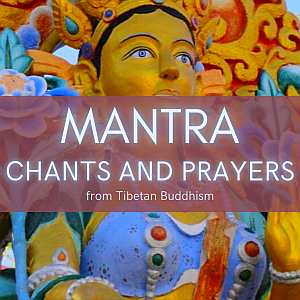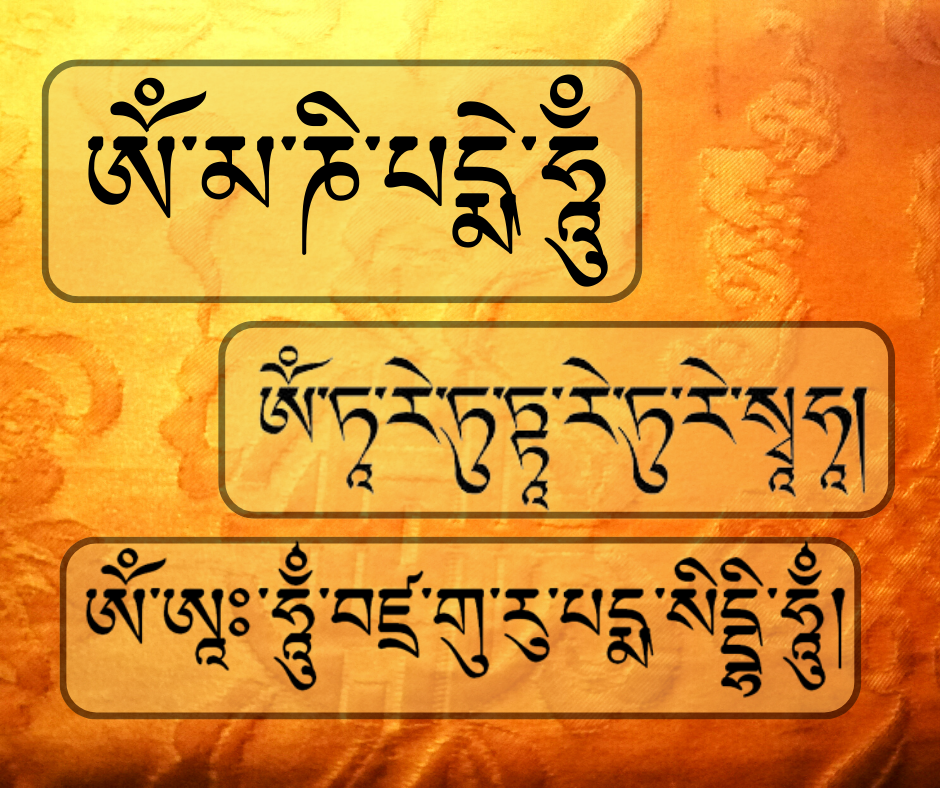|
Get inspired by new age music with warm blessed healing sounds.
Concentrate and pacify the mind by reconnecting with your true nature. Relax, expand your mind and open your heart to bring peace to the world. Music to focus and calm down. Start your inner journey! Listen & share here: https://open.spotify.com/playlist/62EYov1T22orJny4xJZyXW?si=b8a004eaa83b4b1cit.
0 Comments
"In general, the mantras are in Sanskrit. Sanskrit is considered not a human language, but a divine one. If we think about it, each language comes from the energy of each country (German is impregnated with German energy, Italian with Italian energy, etc). But Sanskrit came from this other energy, a divine, or enlightened energy. So when you recite the mantras, when you make the sounds of the mantra, for example "Om Tare Tuttare Ture Soha", there is a blessing just in those sounds: the Sanskrit alphabet is a mantra.
"In Tibet the Buddhist tradition is very old and everyone admits that mantras recitation has beneficial effects. Instead in the West it is not seen that these words can act on the mind.
The power of the words Words are sounds with a very large power. In everyday life, words can cause joy or anger, or completely change a person's mood. It is not difficult to verify that this power is exercised in numerous areas. The function of mantras Mantras have the power to purify the minds of faults and veils and make their true nature evident. Its function is therefore very beneficial. Take for example the Chenrezig mantra, the mantra of six syllables OM MANI PADME HUNG. Each of the syllables is attributed powers such as eliminating the six basic disturbing emotions (desire-air, hate-aversion, mental opacity, greed, jealousy and pride). The mantras, intraduible The mantras have been stated by the Buddhas and the Bodhisattvas with the help of words and sounds of the Sanskrit. As sound plays a very important role in mantras, Tibetans never translated them into their language, but transcribed them thanks to a transliteration system that allows you to preserve the Sanskrit sound using the Tibetan alphabet. Thus they preserved the spiritual power inherent in the loudness of the Sanskrit and the original mantra enunciation. Easy and beneficial Even if we are physically occupied by a job or other activities, or do not have time to meditate, we have the possibility of using our word to recite from time to time the mantra OM MANI PADME HUNG, so we will do something of great value and its effects will be very deep, for ourselves and for others." (Kyabje Kalu Rinpoche, Budismo Esotérico, Ediciones Chabsel: https://dskpanillo.org/shop/product/budismo-esoterico-16792?category=958&page=2) Read more 👉 Green Tara and Om Tare Tuttare Ture Soha mantra. The meaning of divinity in Tibetan Buddhism |
Dusum SangtongBlog & News Listen on:Escucha en:Escolta a:ArchivesCategories
All
|








 RSS Feed
RSS Feed














